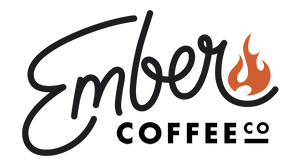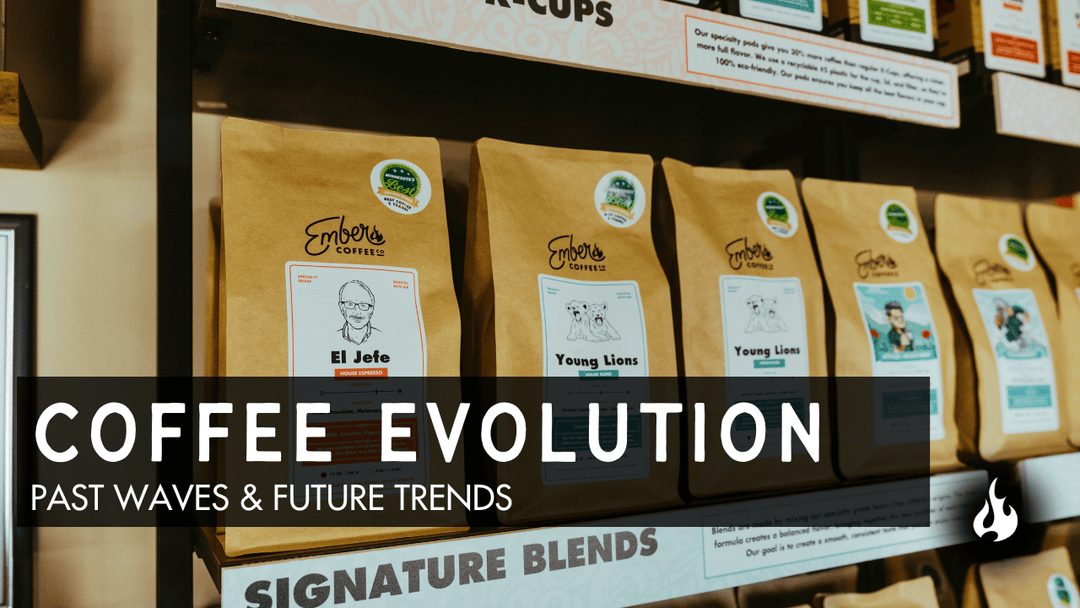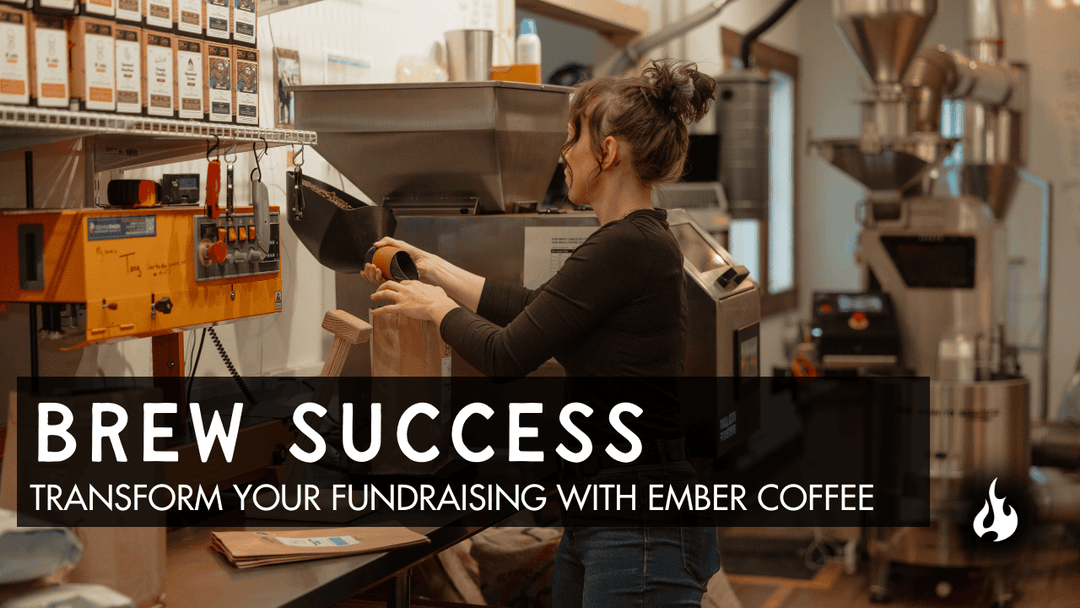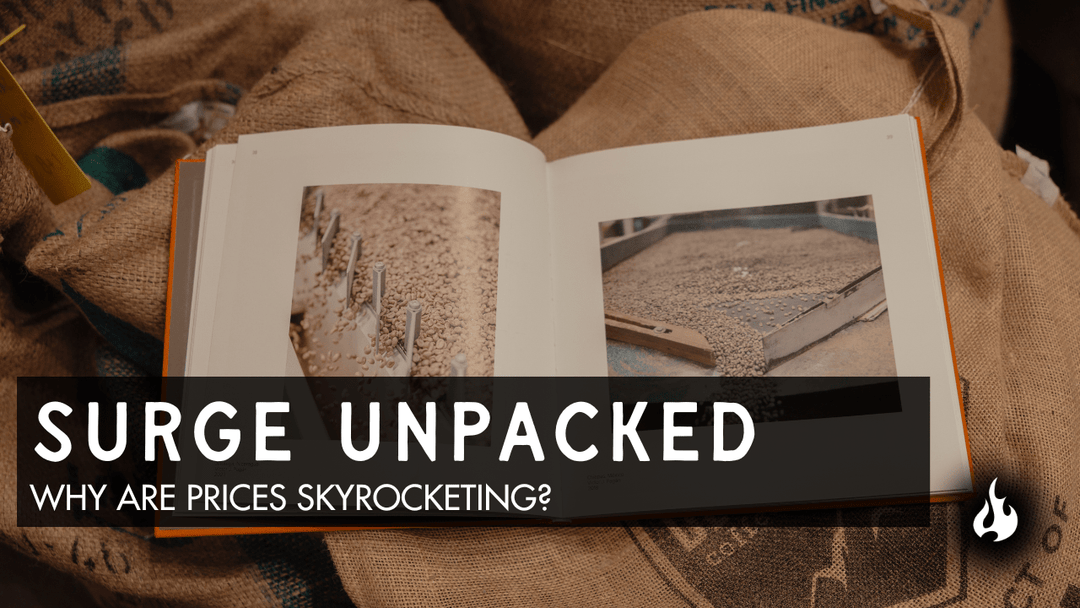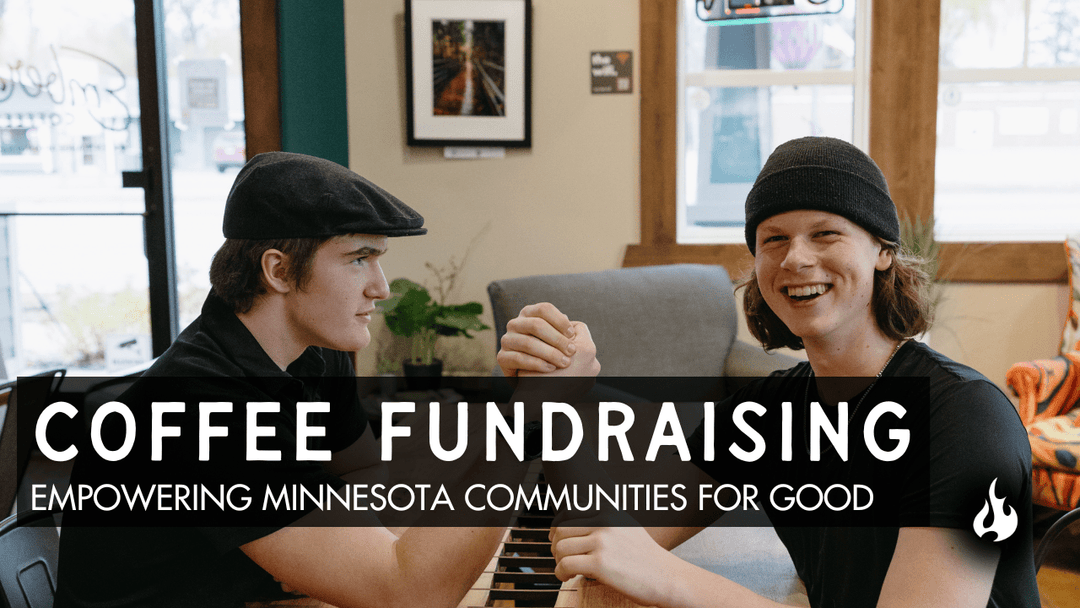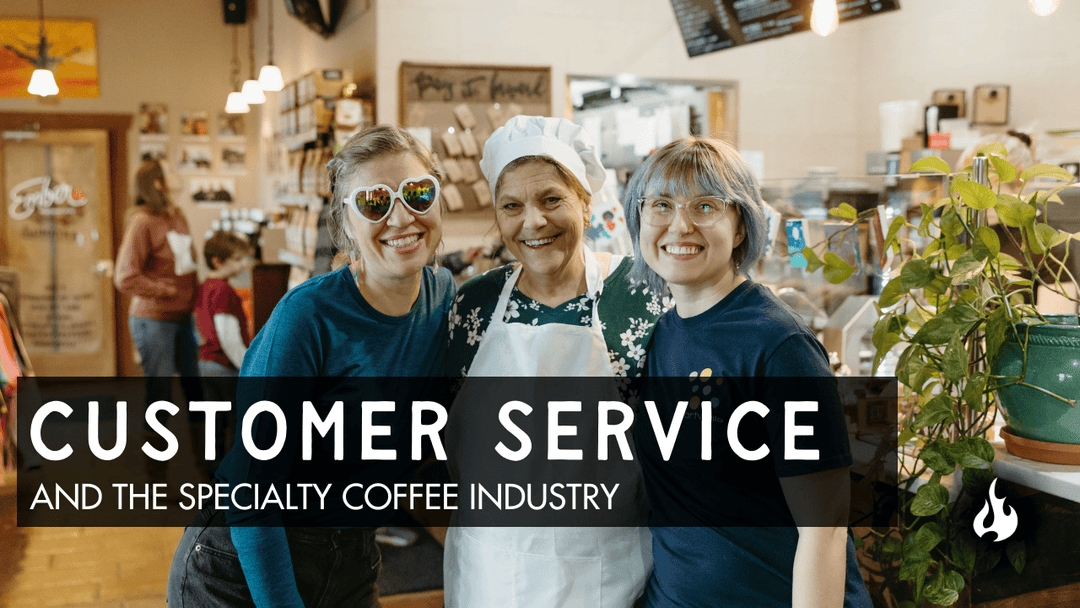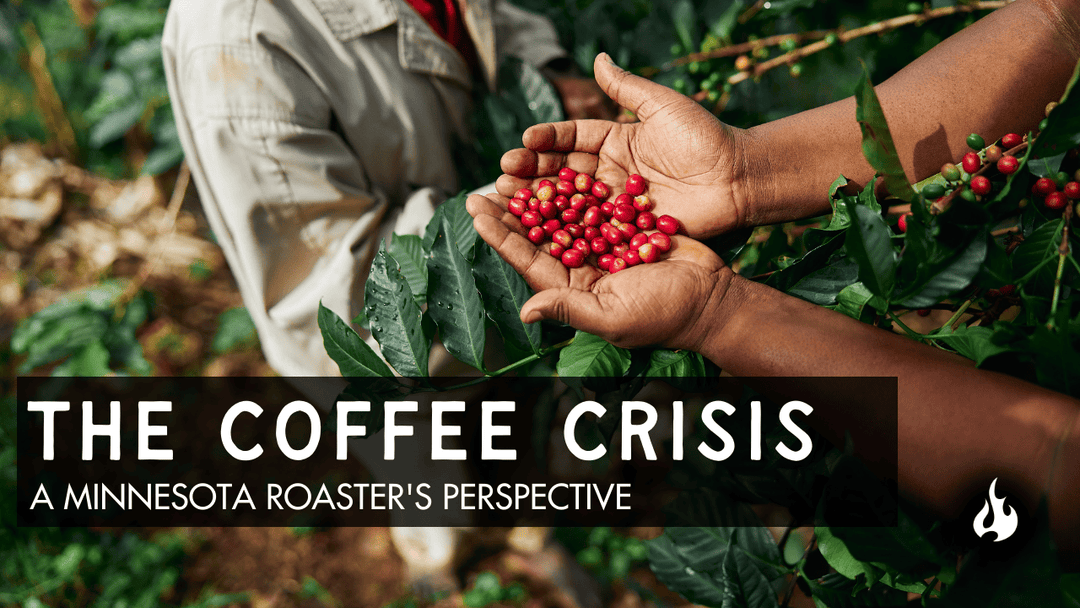What I Learned Running Facebook Ads for Coffee
Like a lot of small business owners, I wear a lot of hats: roaster, operator, strategist, sometimes janitor. When we launched Ember Coffee, our mission was simple: roast exceptional coffee, build community, and do it with integrity.
But scaling online? That’s a different beast.
What I Learned Running Facebook Ads for Coffee
Like a lot of small business owners, I wear a lot of hats: roaster, operator, strategist, sometimes janitor. When we launched Ember Coffee, our mission was simple: roast exceptional coffee, build community, and do it with integrity.
But scaling online? That’s a different beast.

Like a lot of small business owners, I wear a lot of hats: roaster, operator, strategist, sometimes janitor. When we launched Ember Coffee, our mission was simple: roast exceptional coffee, build community, and do it with integrity.
But scaling online? That’s a different beast.
At one point, I decided to go all in on growing our e-commerce and subscription business. I set aside a dedicated marketing budget and started researching Facebook ads. I knew just enough to be dangerous, and to know I didn’t know enough.
That’s when I made a decision that felt smart at the time. I hired a paid Facebook ads agency.
This is the story of what happened, what I learned, and what I’d tell any other founder thinking about doing the same.

Why I Hired an Agency
I hired an ad agency because I didn’t want to waste money experimenting. Facebook ads are complex, constantly changing, and filled with nuance. I didn’t want to just run ads, I wanted someone to help me make that spend effective.
The goal was simple:
• Grow the number of coffee subscriptions
• Build out our online store’s customer base
• Do it efficiently, without burning cash
I wanted a partner, someone I could trust to help us scale thoughtfully.
Why I Chose the One I Did
The agency came by referral. A customer at our café mentioned she’d worked with them for her own business and had seen a strong return. That helped cut through the noise, especially since digital marketing is full of hype and half-truths.
What really impressed me was that when I first reached out, the owner of the agency actually turned me down. She said our site’s “add to cart” conversion rate wasn’t high enough and gave me a few actionable tips to fix it. I made the changes, saw results, and reached back out.
This time, she agreed to work with me.
It felt like I was in good hands. The onboarding was smooth, the team was organized, and they had impressive systems: custom templates, structured content folders, a whole playbook. It was one of the better onboarding experiences I’ve had with a service business.

When Things Started to Unravel
It only took a couple weeks before I noticed a shift. The founder who had onboarded me handed me off to someone else, an account manager who, while friendly, often seemed to be in another time zone (and sometimes another headspace).
Response times slowed down. Our meetings started feeling rushed and underprepared. And most importantly, our return on ad spend (ROAS) was bad. Like sub-1.0 bad. For context: if your ROAS is under 1.0, you’re spending more to acquire a customer than that customer is spending with you.
Every week I was told the same things:
• “We’re still in the learning phase”
• “We need more time to optimize”
• “Let’s increase ad spend to improve results”
That last one was especially frustrating.
Because here’s the trick. It looked like things were going well. The roastery was busy. Orders were coming in. But once I looked closely at the data, I realized the growth wasn’t sustainable.
The agency was spending thousands of dollars of my money on ads and encouraging deep discounts on top of that. Meanwhile, I was paying them $3,000 a month in management fees. It started to feel like I was carrying all the risk, and they were just along for the ride.
The Economics Didn’t Add Up
If you’re in the coffee business, you know margins are tight. Our average order value isn’t $300. It’s not even close. It’s specialty coffee, premium, yes, but affordable.
For our math to work, we need a ROAS of at least 3.0 to cover cost of goods, fulfillment, ad spend, and overhead. Anything less than that, and we’re subsidizing growth. That might be fine for a venture-backed SaaS company. But we roast coffee. We can’t afford vanity metrics.
Even with increasing ad budgets and constant tweaking, nothing moved the needle. And worse, they kept pushing deeper discounts to juice conversions. It got to the point where we were giving away too much value up front just to make the numbers look better.
That wasn’t marketing. That was misdirection.
When I Finally Pulled the Plug
I gave them six months.
Six months of high spend, low returns, and mounting frustration. When I finally added everything up, including management fees, ad costs, margin loss from discounts, it became clear this wasn’t a short-term slump. It was a flawed model.
So I ended it.
And while it was painful financially, it taught me lessons I couldn’t have learned otherwise.
What I Learned
Retainers Only Make Sense If You Have High Ticket Sales
If your average order value is under $50, the economics of most ad agencies just won’t work for you. They’re better suited to businesses selling $200+ products or services where one sale more than covers the cost of acquisition.
Don’t Confuse Activity with Effectiveness
We had lots of ad sets running. We had tests happening. But activity doesn’t equal impact. If your ROAS is low, all the dashboards in the world won’t change the bottom line.
Be Skeptical of “Performance-Based” Deals Too
After that experience, I talked to an SEO agency that wanted to work on a pure commission model. No retainer. Sounds great, right? But I realized they were basically asking me to fund their learning curve with my ad spend. Red flag.
Discounts Aren’t a Strategy
Throwing discounts at cold audiences to hide weak ad creative or targeting is lazy marketing. It damages your brand and cuts your margins. Use them sparingly and with intent, preferably for returning customers, not strangers.
Control Testing Matters
One thing the agency did teach me: test small changes at a time. Keep the creative the same and test new headlines. Or vice versa. And give the algorithm time to learn. That was solid advice.
What I’d Do Differently Now
• Learn the fundamentals. There are great free podcasts, books, and courses out there. Start with Alex Hormozi’s stuff. You’ll come out way more capable.
• Run ads yourself first. Even if it’s just for $5 a day. Get familiar with how targeting, creative, and budget interact.
• Pay for coaching, not control. Instead of handing over thousands to an agency, pay an expert hourly to review your work, give feedback, and help you level up.
• Stay close to the data. No matter who’s running your ads, make sure you understand the numbers. If someone can’t explain what’s working and why, walk away.

Final Thought
I’m not against hiring experts. But if you’re a small business trying to grow thoughtfully, you need to be more than just the budget holder. You need to be the strategist.
Because nobody, no matter how “data-driven” or “conversion-obsessed” they claim to be, will care about your business like you do.
